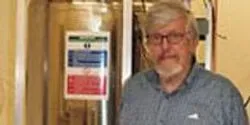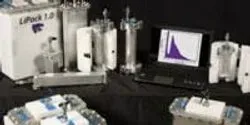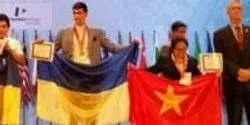honors and awards

Each year EAS presents 7 awards to analytical scientists who have distinguished themselves. Learn more about the awards and how to nominate a colleague.

Bio-Rad Laboratories, Inc. (NYSE: BIO and BIOb) received a Silver Telly Award, the highest honor, in the category Branded Content, Commercials, for its commercial “Bio-Rad iScript Supermix vs.Brand X”. The 35th Annual Telly Awards were announced June 16. Bio-Rad’s winning commercial compared its iScript™ Reverse Transcription Supermix for RT-qPCR to a product from a leading competitor. This year there were nearly 12,000 entries for Telly Awards from all 50 states and numerous countries. This is the second Silver Telly Award Bio-Rad has won in two years

Jacqueline K. Barton, Ph.D., professor of chemistry and chair of the division of chemistry and chemical engineering at the California Institute of Technology, has been named winner of the 2015 Priestley Medal by the American Chemical Society (ACS). It is the highest honor bestowed by the world’s largest scientific society.

Dr. Zhaozheng Yin, an assistant professor of computer science at Missouri University of Science and Technology, recently received the National Science Foundation’s most prestigious award for young faculty members for his research into developing algorithms and systems for processing microscopy images of biological specimens.

Pittsburgh, PA. The Spectroscopy Society of Pittsburgh (SSP), one of two Pittcon conference and exposition sponsors, is pleased to announce the 2015 Pittsburgh Spectroscopy Award recipient. Alfred G. Redfield, Professor of Biochemistry and Physics, Emeritus, Brandeis University (Massachusetts).

If cells were cars, then the three pioneering cell biologists just named winners of the 2014 E.B. Wilson Medal, the highest scientific honor of the American Society for Cell Biology, helped write the essential parts list. William "Bill" Brinkley of the Baylor College of Medicine in Houston, John Heuser of the Washington University School of Medicine in St. Louis, and Peter Satir of the Albert Einstein College of Medicine in the Bronx identified crucial pieces of the cytoskeleton, the cell's shape-shifting framework, and showed how these elements drive life at the cellular level.












